Fall is prime time for boxelder bugs, as they try to sneak into your home to escape the winter. Every year, they show up in literal droves, congregating on warm surfaces and sneaking through tiny gaps. Unfortunately, their prevalence, tiny size, and flat bodies make boxelders a particularly common indoor infiltrator. Fortunately, they’re not nearly as difficult to keep out if you know how.
Boxelders use the same old tricks to get inside homes every year. They rely on worn-out defenses, tiny gaps, and neglected weatherproofing. If you can brush up on your home’s anti-pest defenses this fall, you’ll deprive boxelders of these tired tricks. Here are four easy projects that will seriously help keep boxelders–and other pests!–away this fall.
Install Door Sweeps
A door sweep is a long strip of rubber or plastic that’s attached to a thin metal plank. Door sweeps essentially block the small gap between a door and its threshold without impeding the door’s function. When you shut the door, the long strip pushes into the threshold gap. As you open the door, you push the strip away from the gap. Installing door sweeps helps keep doors energy efficient. They also help with pests like boxelders.
Boxelder bugs are surprisingly flat insects. They can fit through or (in this case) under smaller gaps than you’d expect. Often, boxelders squeeze beneath the threshold of exterior doors to get into your home. Installing door sweeps on exterior doors is a particularly easy way to prevent that. All you have to do is measure the width of each door and buy sweeps in corresponding sizes. Installing your sweeps is easy too; all you’ll need is a drill and the sweep’s instructions.
Replace Weatherstripping
Weatherstripping is material (rubber, plastic, vinyl, tape, etc.) used to seal gaps between windows or doors and their frames. All of your home’s window and door frames probably have it, even if you don’t know it’s there. Weatherstripping compresses when the window or door closes, sealing off the gap between the moving parts and the frames. If it’s working correctly, weatherstripping completely seals the window or door when closed, leaving no gap whatsoever.
Over time, weatherstripping naturally wears away. Weather and cold beat it down, and opening and shutting doors can damage it. When weatherstripping wears out, it can no longer create a perfect seal around windows or doors. Boxelders can use openings between weatherstripping and frames to get inside. Check on the weatherstripping around your doors and windows. If it comes off easily or looks worn, replace it. Sealing your window and door frames is one of the best ways you can keep all pests out.
Seal Off Utility Lines
By utility lines, we mean plumbing pipes, gas lines, electrical wiring–any infrastructure that enters your home from outside. There are small openings all around your home where these important utility lines enter it. Unfortunately, sometimes those openings aren’t small enough. Often, pests like boxelder bugs will follow a pipe or electrical wire straight through these small gaps. From there, they could end up in the walls, the insulation, or even in your basement or attic.
It’s a good idea to know where all of your utilities enter your home. Look for plumbing, electrical, heating and cooling, and gas lines both inside and outside. If the gap between a pipe or wire and the wall looks too wide, it is. Remember: boxelders can fit through the tiniest gaps you can see. Use some heavy-duty caulk to seal up gaps around your utility lines. Rodents and other pests love following pipes inside, too, so you’ll be pest-proofing for more than just boxelders.
Replace the Garage Door Seal
A garage door seal is basically weatherstripping for your garage door. The seals are long strips of (usually) rubber that fit across the entire underside of the door. When you close the garage door, they compress into the ground, forming a complete seal between the door and ground. There are also seals on the sides and top of most garage doors. When it’s working correctly, garage door seals prevent pests from sliding beneath the door and into your garage.
Garage door seals wear out about as quickly as other weatherstripping, and for the same reasons. Luckily, they’re also about as easy to replace. If you have your garage door’s instruction manual, look up info on the seal inside of it. If you don’t, just measure the length and width of your door. You can install garage door seals yourself, or have a professional garage door installer put it on for you.
It’s tough to keep from seeing boxelder bugs this fall. If there’s an acer tree near your property, it’s hard not to see them everywhere. Just because they’re everywhere doesn’t mean they have to be in your home, however. By performing a little maintenance like the projects listed here, you can keep boxelders out this fall and beyond.
If it turns out you need a little help keeping boxelders at bay this fall, give Griffin a call. We can make sure boxelders–or any other pests, for that matter–don’t bug you this fall.

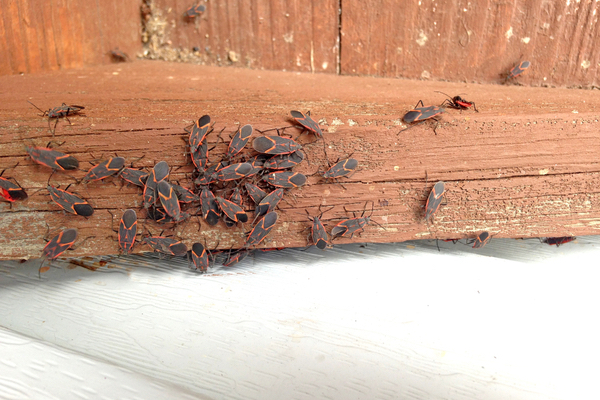
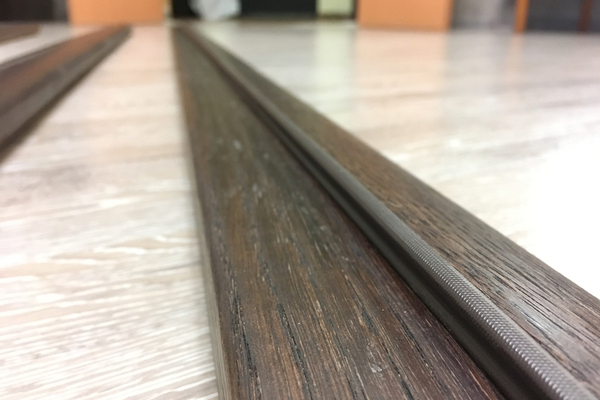
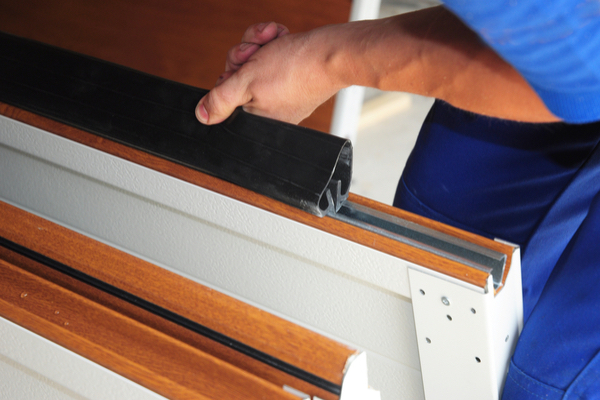
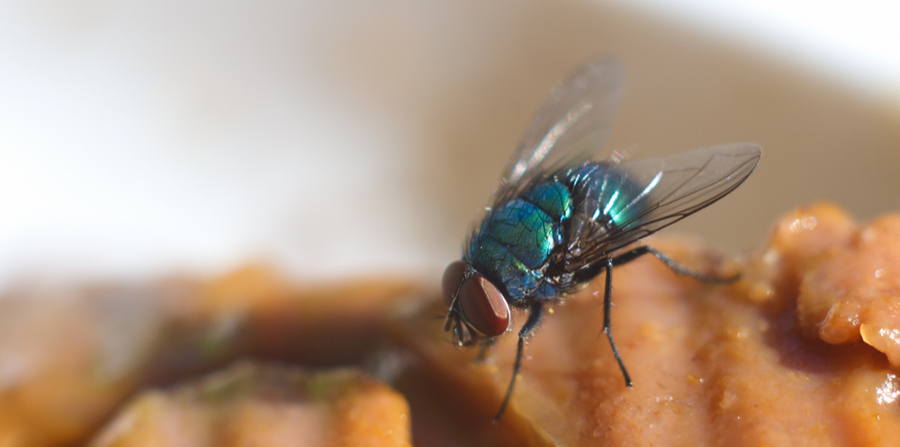
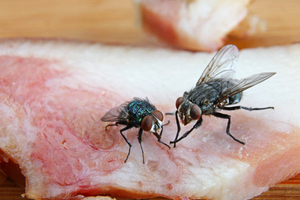 House flies are dark grey flies with four black stripes on their slightly hairy thoraxes. They’re around
House flies are dark grey flies with four black stripes on their slightly hairy thoraxes. They’re around 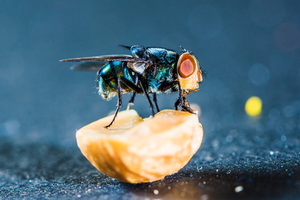 Blowflies (or bottle flies) are small, round flies that are metallic green, blue, or copper-colored. Their metallic-looking bodies are slightly iridescent and make them relatively easy to spot. They’re
Blowflies (or bottle flies) are small, round flies that are metallic green, blue, or copper-colored. Their metallic-looking bodies are slightly iridescent and make them relatively easy to spot. They’re 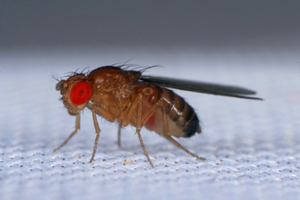 Fruit flies or vinegar flies are tiny (
Fruit flies or vinegar flies are tiny (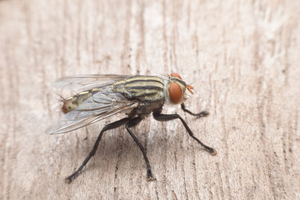 Cluster flies like the common cluster fly (
Cluster flies like the common cluster fly (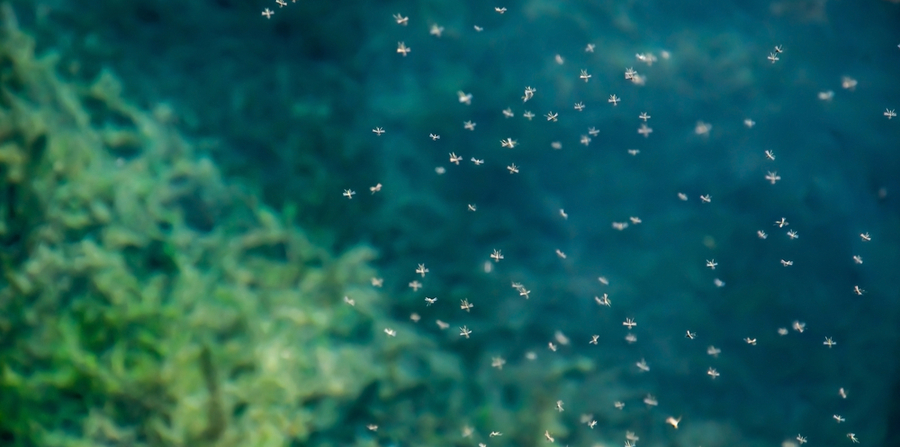
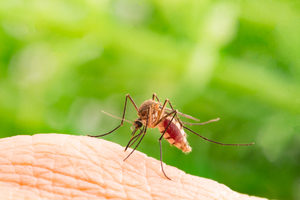 Mosquitoes
Mosquitoes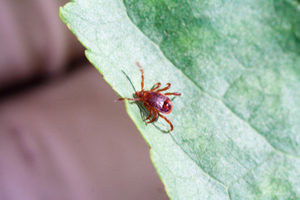 Several
Several 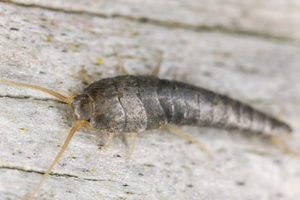 Unlike the other pests on this list,
Unlike the other pests on this list, 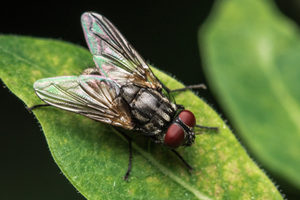 House flies become especially prevalent in summer because they begin reproducing in late spring. Mother house flies deposit up to 150 eggs on an appropriate food source, such as garbage. During the heat of summer, these eggs hatch very quickly–sometimes
House flies become especially prevalent in summer because they begin reproducing in late spring. Mother house flies deposit up to 150 eggs on an appropriate food source, such as garbage. During the heat of summer, these eggs hatch very quickly–sometimes 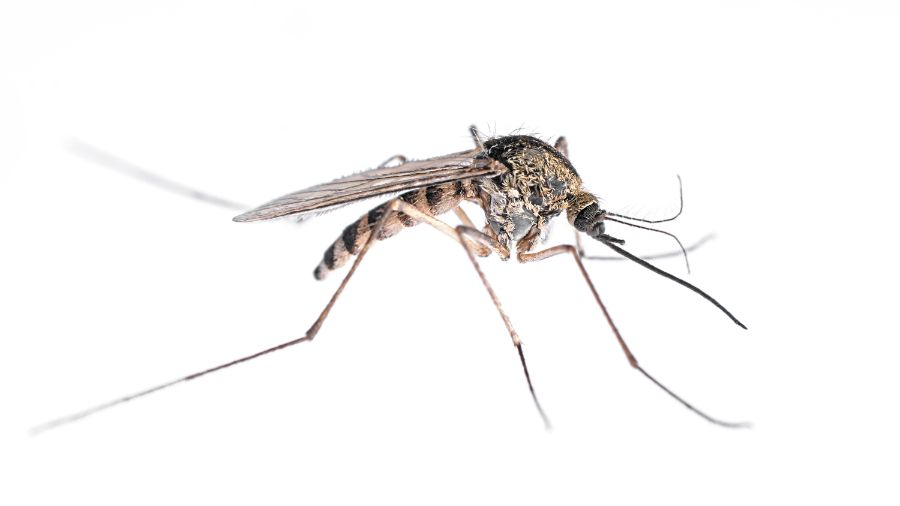
 Yes, there are right and wrong ways to use bug spray. Applying bug spray effectively is easily the most effective way to keep bugs away while you’re outdoors this summer. Here are the bug spray “dos” and “don’ts” you should know.
Yes, there are right and wrong ways to use bug spray. Applying bug spray effectively is easily the most effective way to keep bugs away while you’re outdoors this summer. Here are the bug spray “dos” and “don’ts” you should know. Mosquitoes
Mosquitoes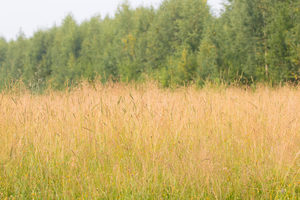 No matter where you’re going, there are ways you can stay out of the most bug-infested areas. Ticks use tall grass and other low-to-mid height plant life to hunt or “quest.” They climb to the top of the grass and wait for unsuspecting prey to wander by. Staying out of tall grass or heavy vegetation will help you avoid the worst tick risks while outside.
No matter where you’re going, there are ways you can stay out of the most bug-infested areas. Ticks use tall grass and other low-to-mid height plant life to hunt or “quest.” They climb to the top of the grass and wait for unsuspecting prey to wander by. Staying out of tall grass or heavy vegetation will help you avoid the worst tick risks while outside.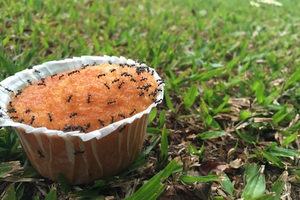 All kinds of stuff can attract different kinds of bugs. Some of it is obvious: sugary foods attract
All kinds of stuff can attract different kinds of bugs. Some of it is obvious: sugary foods attract 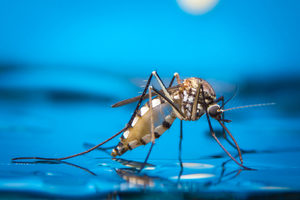 When you think “summer bugs,” you almost certainly think of
When you think “summer bugs,” you almost certainly think of 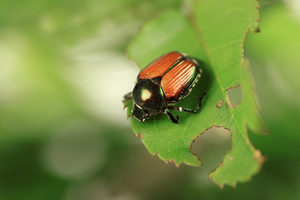 Japanese beetles
Japanese beetles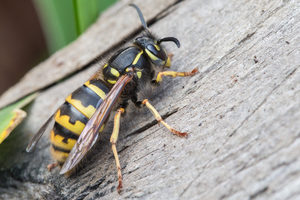 Wasp
Wasp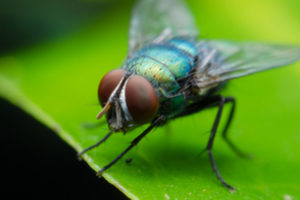 Several types of
Several types of 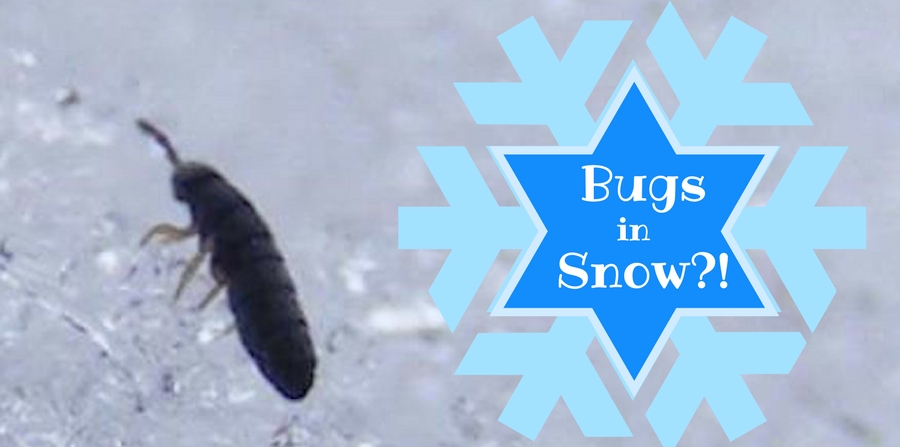
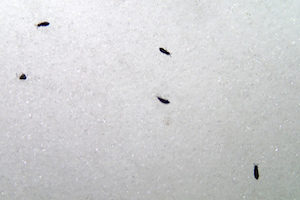 The so-called “snow flea” isn’t actually a flea at all. They’re actually several species of arthropod springtails in
The so-called “snow flea” isn’t actually a flea at all. They’re actually several species of arthropod springtails in 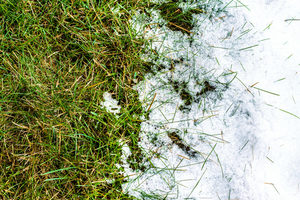 Despite their unusual habits and habitats, snow fleas want what pretty much all pests want. When they come out on warm winter days, they’re looking for food, water, and a chance to mate. Springtails provide an important service to their ecosystems by feeding on microscopic bacteria, algae, and fungi.
Despite their unusual habits and habitats, snow fleas want what pretty much all pests want. When they come out on warm winter days, they’re looking for food, water, and a chance to mate. Springtails provide an important service to their ecosystems by feeding on microscopic bacteria, algae, and fungi. We’re lucky snow fleas are harmless, because there’s not really a good way to control them even if we wanted to. The springtail will never come indoors, so you don’t have to worry about infestations. They’re attracted to moisture and decaying plant life, both of which are difficult to prevent in winter and spring.
We’re lucky snow fleas are harmless, because there’s not really a good way to control them even if we wanted to. The springtail will never come indoors, so you don’t have to worry about infestations. They’re attracted to moisture and decaying plant life, both of which are difficult to prevent in winter and spring.